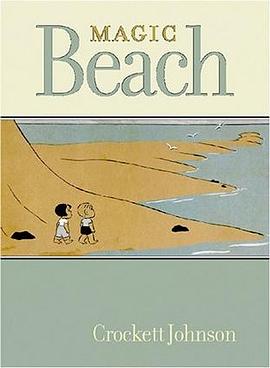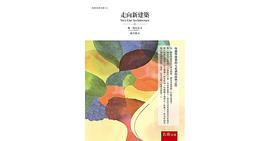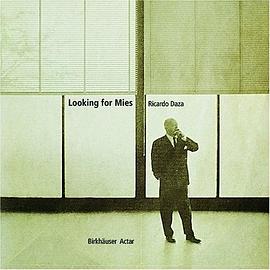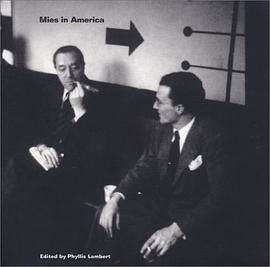

The publication of Johnson's (Harold and the Purple Crayon) deceptively simple story marks the debut appearance of this work in precisely the way Johnson conceived of it. (A version was published in 1965 as Castles in the Sand with illustrations by Betty Fraser.) Nel discovered the original dummy while researching a biography of the author. The ingenious book design plays up the feel of an artist's sketchbook, and the spare pencil sketches (with even the artist's erasures in evidence) on a beige background give readers the feeling of peering over the artist's shoulder. The drawings introduce young Ann and Ben, outlined in the expressive line that Harold fans will recognize immediately. The children have only to write a word in the sand and the item appears before them, making an intriguing play on the notion of spelling and spells. Musing that such things only happen in "stories about magical kingdoms," the pair proceeds to create just that, conjuring up a king, farms, castles and a horse, on which the monarch rides off to his kingdom, just as the tide rushes in. Maurice Sendak, a close friend of Johnson and his wife, Ruth Krauss, contributes an insightful "appreciation," and the afterword quotes a letter from Johnson describing the tale's debt to the Fisher King. Like all great stories, this one stretches well beyond the pages. All ages. (Nov.)
PreSchool-Grade 2–First published in 1965 as Castles in the Sand with illustrations by Betty Fraser, Johnson's manuscript resurfaces here, accompanied by his original sketches. Two children, bored on a summer day, wander down to the beach and begin to write in the sand, only to find that the waves wash away their words and replace them with the objects they describe. They continue writing until they have created a magical kingdom complete with forest, castles, and a sad king. With strong allusions to the Fisher King myth, this is a sly reflection on the power of words and the line between real and imaginary worlds. Though the story was enthusiastically turned down by many publishers in Johnson's day as too oblique for young audiences, the characters' realizations (e.g., The king is still there, in the story….Hoping to get to his throne) are presented in a child-friendly way. The sketchy dummy illustrations, complete with erasure marks, lend a deep realism of their own. Though this package, complete with a foreword by Maurice Sendak and an afterword by Philip Nel, will mostly appeal to children's book aficionados, the deceptively simple story has undeniable child appeal as well.
–Kathleen Kelly MacMillan, Carroll County Public Library, MD
While speaking about the nature of stories and the merits of being in one rather than reading one, a boy and his sister find a magical beach. They write a word in the damp sand and a breaking wave washes away jam and leaves a dish of jam in its wake. Soon they create a kingdom, beginning with king and adding forests, farms, cities, and, at the king's urging, castles. At first they follow the king into his story, but at his command, they return to the beach, where they watch as the tide comes in and covers the magic kingdom with water. The children debate whether the story has ended or whether it simply stopped when they left. This is illustrated with the unfinished sketches that Johnson submitted in 1959 to Ursula Nordstom, who (like several other publishers) rejected the book, saying "we're afraid that it just isn't a children's book." In 1965, it was published as Castles in the Sand, with illustrations by Betty Fraser.Bracketed by two insightful, informative gems for Johnson fans, a two-page "appreciation" by Maurice Sendak and a four-page afterword on the book's history by Phillip Nel, this handsome book is clearly aimed at adults as much as children. But whoever the audience, there is magic to be found in the words and sketches of Crockett Johnson.
Carolyn Phelan
Height (mm) 239 Width (mm) 188
具體描述
讀後感
用戶評價
相關圖書
本站所有內容均為互聯網搜索引擎提供的公開搜索信息,本站不存儲任何數據與內容,任何內容與數據均與本站無關,如有需要請聯繫相關搜索引擎包括但不限於百度,google,bing,sogou 等
© 2025 onlinetoolsland.com All Rights Reserved. 本本书屋 版权所有




















